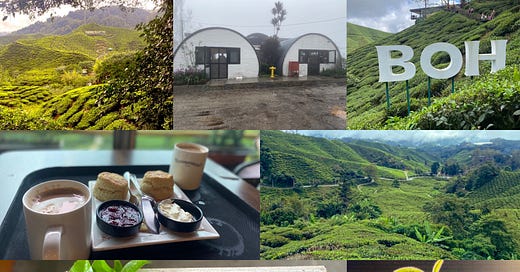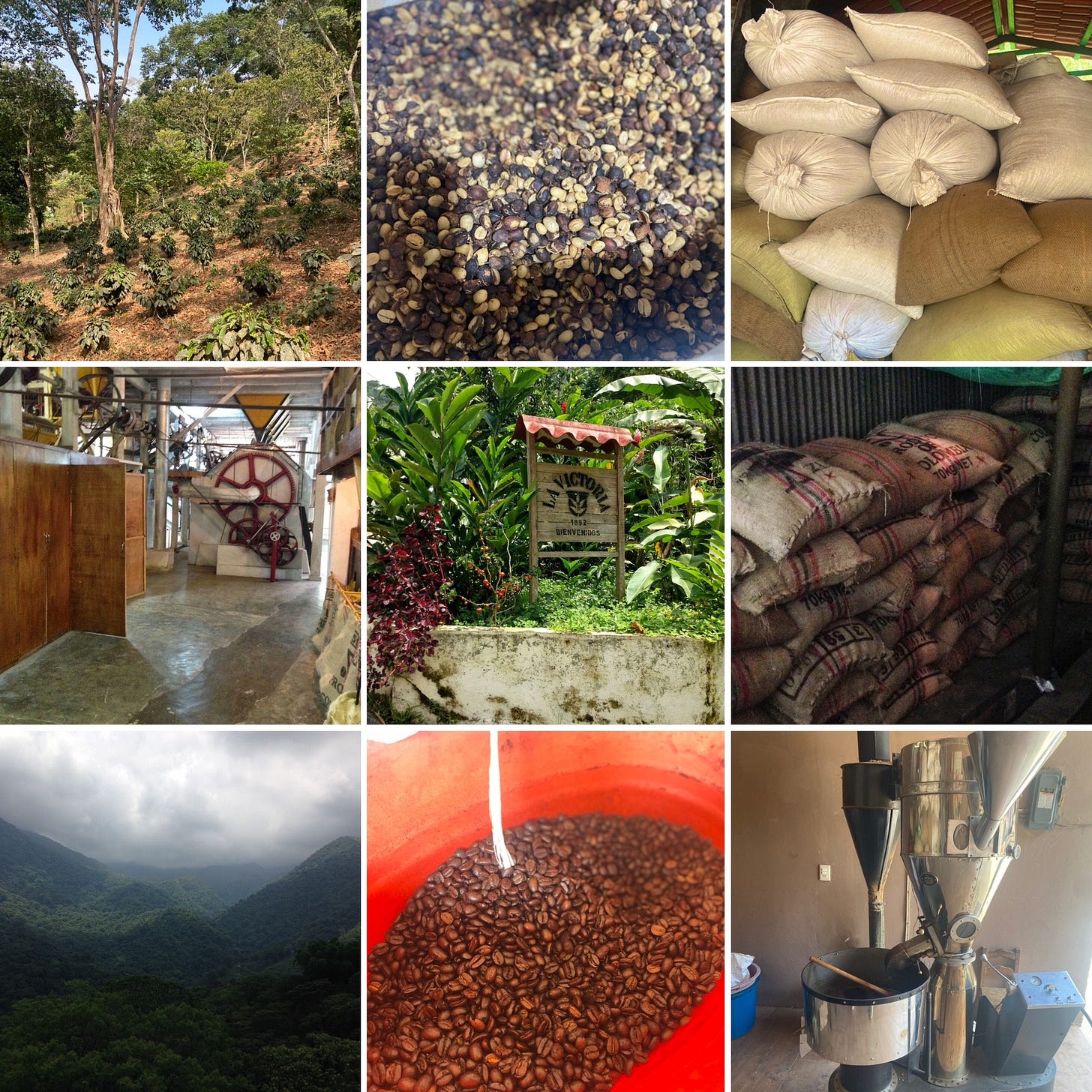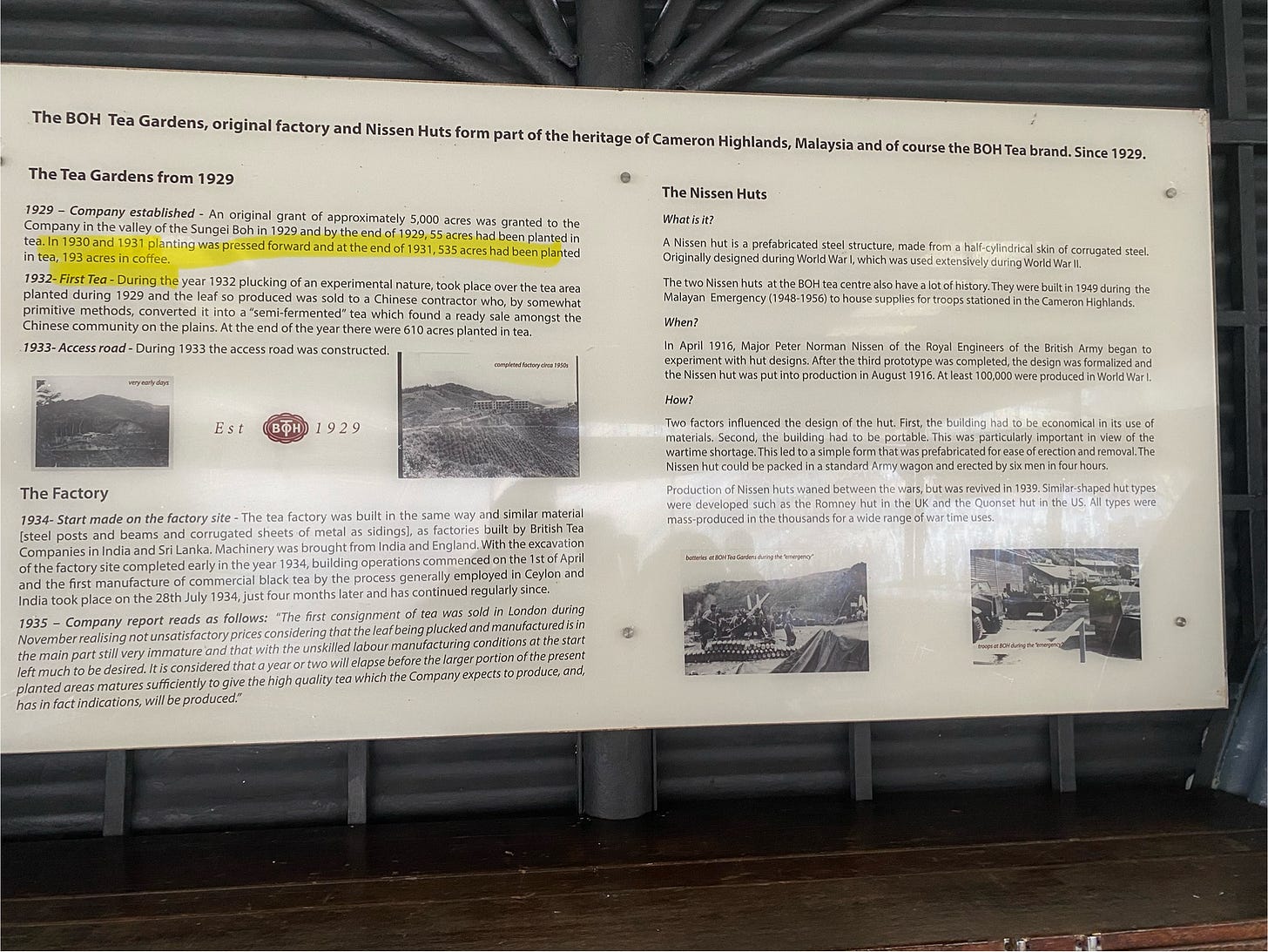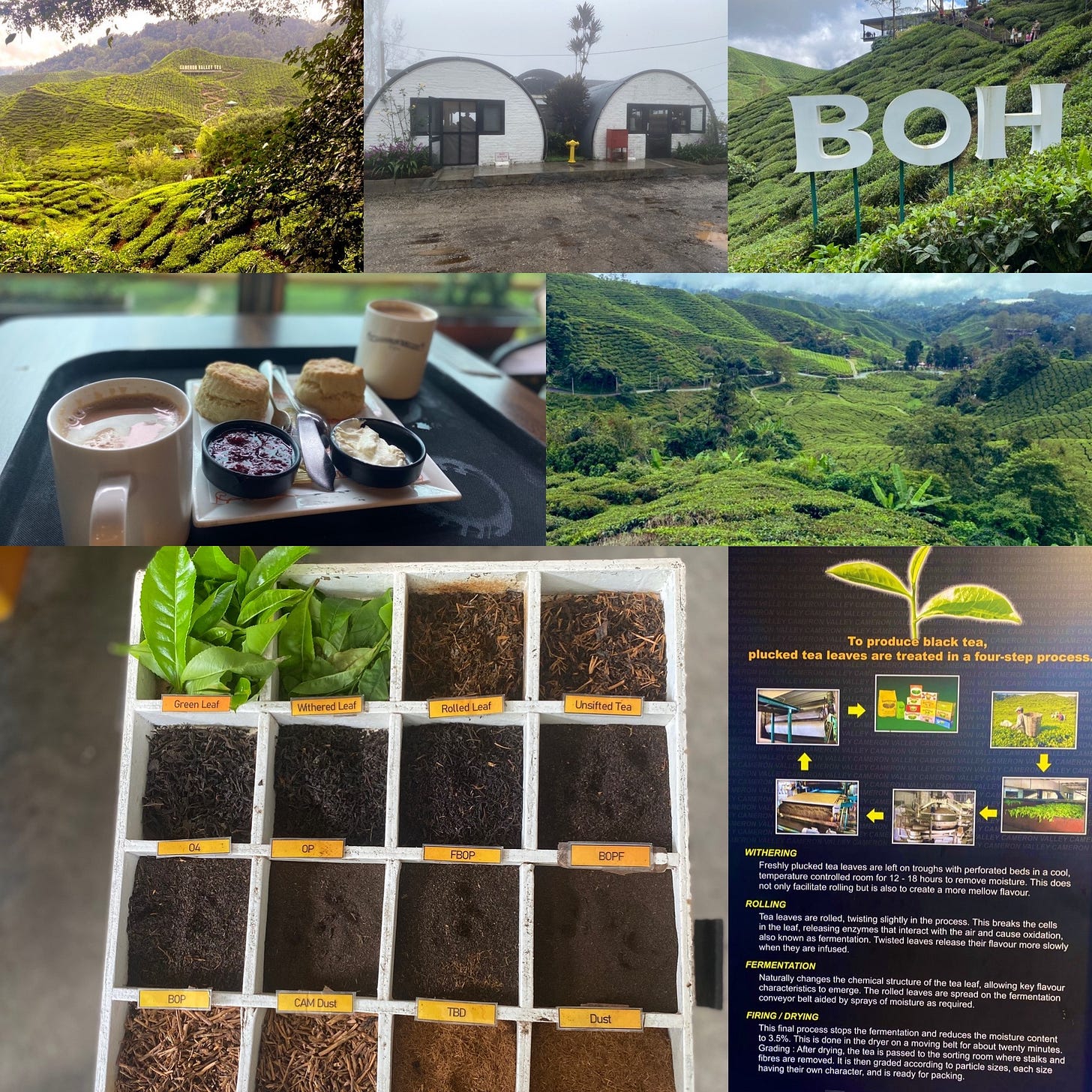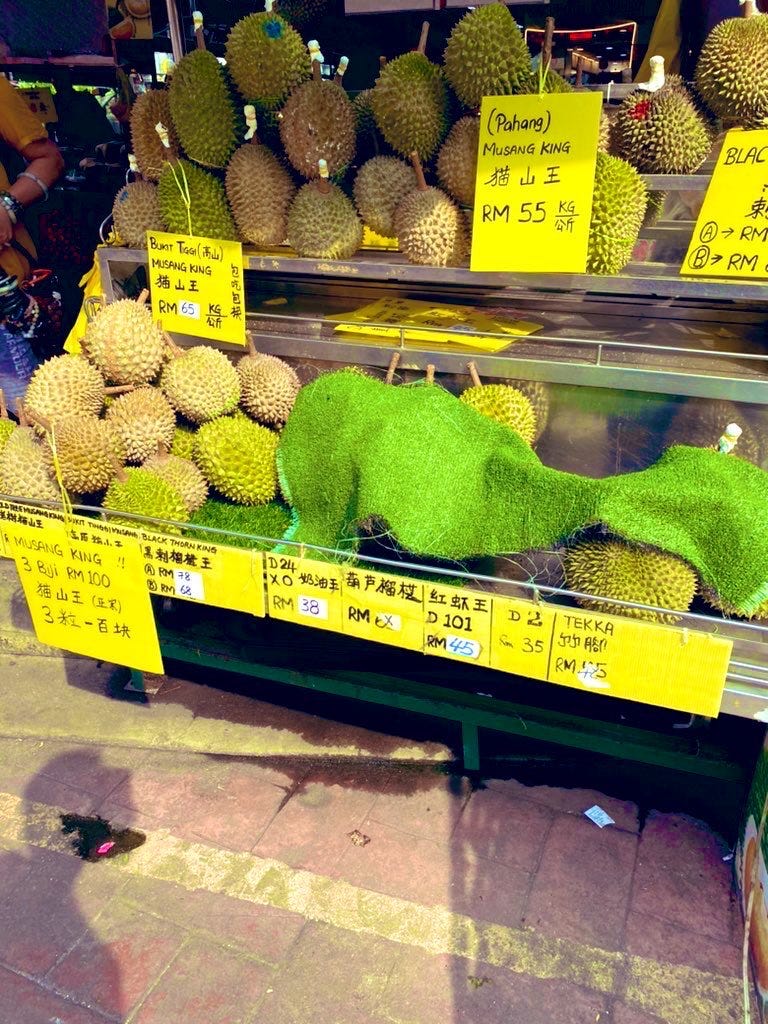From Comfort Food Cravings to Highland Hills: A Brew-tiful and Bean-filled Journey
Terroir Tales: Why Tea Thrives Where Coffee Doesn't (and Cocoa Needs Its Shade)
Our household's chocolate consumption in our German days could rival a small confectionery. Every Saturday, the grocery run would invariably include a one-kilogram stash of Nervennahrung – our "comfort food" (ironcally, we mostly eat chocolate only during business hours at work). Back in 2022 and 2023, a solid 100g Ritter Sport would set us back a mere 69 Euro cents. Fast forward to 2024, and the price tag had more than doubled, nudging towards 1.49 EUR. The culprit? A global surge in cocoa prices (though milk chocolate often only contains 10% to 40% of cocoa-derived ingredients), a trend mirrored by the rising cost of our morning brew: coffee.
During my time living in South America, I was lucky to visit the coffee plantations of Costa Rica, Ecuador, and Colombia, each with its own unique terroir and tales. I also had the opportunity to witness cocoa cultivation, a world distinctly different from the sun-dappled coffee plants. I recall learning about their contrasting needs – coffee often thriving at higher altitudes, enjoying sunlight, while cocoa preferred lower elevations and the sheltering canopy of the rainforest. On my latest trip in 2024 to Oaxaca and the West Coast of Mexico, we had a quick stop in Pluma Hidalgo, a coffee village, and the effects of a long-lasting drought and inflicted pest infestation were visible, resulting in deteriorating yields. Beyond these contemporary challenges, Mexico boasts a deep history with cocoa; the Mayans and Aztecs indulged in cocoa-flavored drinks for centuries and even used cocoa beans as currency. However, like coffee, cocoa too has faced the impact of drought1. Well, we know from economics 101 that if supply goes down, while demand remains relatively constant, prices go up.
Life took a turn in 2024, leading me to explore the rolling hills of Malaysia. Here, in the Cameron Highlands, the climate reminded me of an European autumn, a welcome change from the tropical humidity of Kuala Lumpur. As I strolled through the never-ending rows of manicured tea bushes around Christmas of 2024, a question began to “brew” in my mind: why, in this seemingly amenable climate, was there no coffee or cocoa to be seen? My initial thought was that the Malaysian weather, with its warmth and rainfall, might also be hospitable to coffee or even cocoa.
Escalating global cocoa and coffee prices hit the news in 2024 – news of drought in Brazil2 and diseases plaguing Ivory Coast3 painted a picture of dwindling supplies. Yet, the price of my afternoon cup of tea seemed remarkably stable. This disparity sparked a thought: given the premium commanded by cocoa and coffee, wouldn't it be a financially savvy move for Malaysian tea farmers to consider switching crops? Interestingly, I had observed similar shifts in agricultural practices in Tucuman province in Argentina4. Intrigued, I consulted digital personal assistant - Gemini (please see the table below). The answer, in short, was a polite but firm "not really."

Also, a visit to the National Museum in Kuala Lumpur shed some historical light on this. An exhibition recounted early agricultural endeavors, revealing that when tea cultivation first took root in Malaysia, some pioneering farmers in the 1930s did dedicate small plots to coffee. However, these attempts met with limited success and were eventually abandoned. People on tea plantations echoed the digital wisdom I'd received, highlighting coffee's preference for less acidic soil – a characteristic that sets it apart from the tea-loving terrain of the Cameron Highlands.
To further unravel this economic puzzle, I delved into the historical price data from the Federal Reserve Bank of St. Louis (FRED), tracking the monthly fluctuations of global cocoa, Kenyan tea, and both Arabica and Robusta coffee.
Global price of Cocoa, in U.S. Dollars per Metric Ton5
Global price of Tea, Kenyan, in U.S. Cents per Kilogram6
Global price of Coffee, Other Mild Arabica, in U.S. Cents per Pound7
Global price of Coffee, Robustas, U.S. Cents per Pound8
While Kenyan tea is a significant benchmark for black tea prices internationally, it's important to note that the global tea market encompasses a wide range of tea types and origins.
The visual narrative of this chart, coupled with the correlation factors tells a clear story. The price movements of tea show a distinct independence from the volatile swings of cocoa and coffee. The correlation coefficients confirm a lack of strong connection, underscoring the different market dynamics and, as we've explored, the fundamentally different agricultural conditions required for each crop.
So, while high cocoa and coffee prices might make a casual tea plantation visitor think, the reality for a tea farmer considering a switch is far more complex. The unique soil preferences, altitude requirements, and overall climate needs, coupled with the independent price fluctuations, suggest that a swift and profitable conversion is unlikely. My journey from German chocolate cravings to the misty Malaysian tea hills has revealed that the world of agriculture, much like the flavors of these essential beverages is not trivial. For now, the tea hills of Malaysia seem set to maintain their distinct character, separate from the bean-filled landscapes of South America and the cocoa-growing regions of the world.
However, the world of high-value crops continues to evolve. Looking forward to exploring Vietnam’s, India’s and Indonesia’s well-known coffee plantations, it's also worth noting that some farmers might be eyeing even higher-yielding alternatives. Demand for Durian in China is soaring. While I will not switch anytime soon from bars of chocolate, 14.90 EUR/kilo of Ritter Sport, to Durian King or Black Thorn, people easily pay up to 20 US$ for a kilo of delicious and smelly Durian9.
By the way, visiting coffee or tea plantations is like visiting bodegas: strolling through the fields followed by sampling colored and water-based liquids, except you don't get tipsy.
If you know more about the cultivation of tea, coffee and cocoa, please drop me a message.
https://www.bbc.com/news/articles/c5y37dvlr70o
Additional support through gemini

